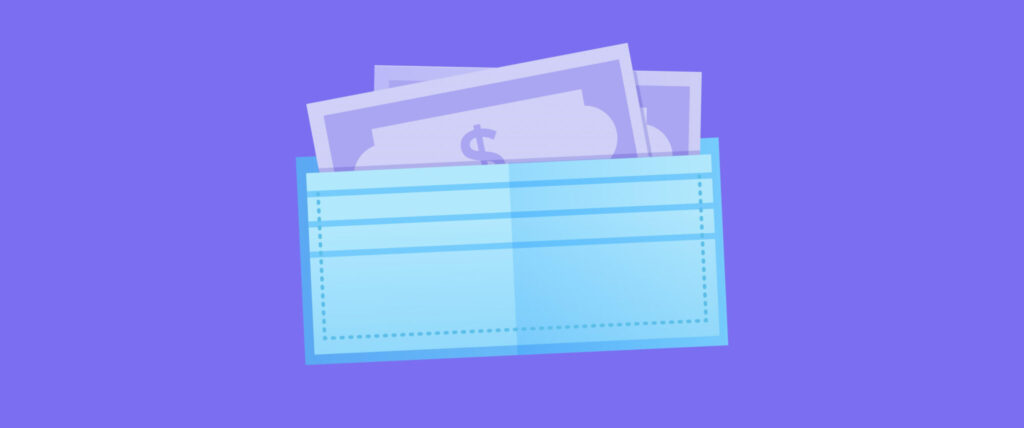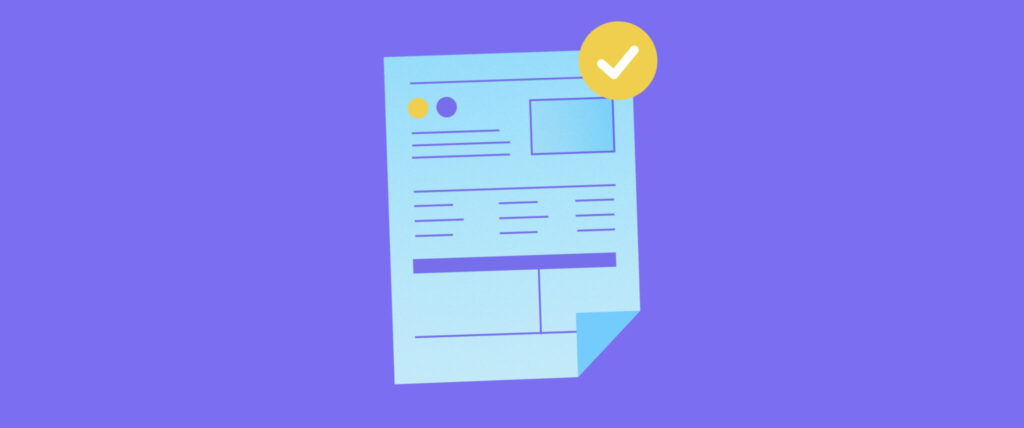Let’s be real—on payday, most of us are focused on that sweet “money received” notification, not the fine print that comes with it. But tucked inside that little slip or PDF file is something way more important than people give it credit for. Your paystub is the behind-the-scenes breakdown of how your paycheck came to be.
It shows exactly what you earned, what got taken out, and what’s yours to keep. Like a receipt for your work, it helps you stay in the know—and avoid surprises. In this guide, we’ll unpack what paystubs are all about, why they matter more than you think, and how HR helps keep the whole process running smoothly.
What is a paystub?
Think of a paystub like a snapshot of your paycheck’s journey—from gross pay to take-home. It breaks everything down in black and white, showing you what you earned during a specific pay period, and where it all went before landing in your account.
Whether it’s called a paycheck stub, wage slip, or earnings statement, the goal is always the same: clear, detailed transparency. Most folks get theirs through an employee portal, email, or direct attachment to their deposit—though some companies still hand out paper copies.
While it’s not a tax form or contract, a paystub is a real-time record of your pay. It answers the “why” behind every number on your paycheck. And once you understand how to read it, you’ll never look at payday the same way again.
What are paystubs used for?
You might not think much of your paystub—until you suddenly need it. Whether you’re trying to rent an apartment, apply for a car loan, or dispute an error in your paycheck, that stub becomes proof you can count on.
For employees, it’s your personal audit trail. You can use it to confirm your hours, see where deductions are going, or just make sure your raise actually went through. Paystubs come in handy when you:
- Apply for credit, loans, or housing
- File your taxes
- Budget your monthly expenses
- Confirm benefit contributions
- Spot errors in pay
For employers, it’s a lifeline during audits and disputes. Paystubs help:
- Stay compliant with labor laws
- Track payroll deductions
- Defend against wage claims
- Build credibility and trust with the team
Long story short? Don’t ignore your paystub—it’s more useful than it looks.
Why are pay stubs important?
You know that feeling when something on your paycheck doesn’t seem quite right? That’s usually when people remember paystubs exist. But by then, they’re scrambling.
Paystubs are more than just formalities—they’re legal, financial, and trust-building tools. In many states, employers are required by law to issue them. And even when they’re not, providing a detailed stub shows the company’s committed to transparency.
For employees, it’s your reference for hours worked, taxes withheld, and benefits deducted. For employers, it’s a huge protection measure and a way to keep everyone accountable and responsible at once. At the end of the day, it’s not just about paperwork—it’s about full on clarity, fairness, and respect.
What information is on a pay stub?
At first glance, a paystub can look like it’s written in some kind of payroll code. But once you get the hang of it, each section makes perfect sense—and can reveal a lot more than just your net pay.
Here’s what’s usually on there:
- Employee info: Your name, employee ID, maybe your address
- Employer info: Company name and address
- Pay period & pay date: The window of time you were paid for, and when it hit your account
- Gross pay: Your earnings before anything gets taken out (regular, overtime, bonuses)
- Deductions:
-
- Taxes: Federal, state, local
- Social Security and Medicare
- Pre-tax: Health benefits, retirement contributions
- Post-tax: Garnishments, union dues, donations
- Net pay: The actual amount you take home
- Year-to-date totals: Everything you’ve earned and paid so far this year
- Pay method: How you were paid (check or direct deposit)
It might not seem exciting, but it’s important to check. Small mistakes can turn into big issues down the road.
How to create a paystub
Whether you’re running a small business or managing payroll for a big team, creating paystubs is part of getting payroll right. It’s not overly complicated—but it has to be accurate.
Manual stubs require calculating gross wages, subtracting taxes and benefits, and then double-checking every figure against the latest tax tables. That’s doable, sure—but time-consuming and risky if you make a mistake.
That’s why most companies lean on payroll software like Runa. These platforms:
- Automatically calculate taxes
- Customize paystub formats
- Deliver everything digitally
- Stay up to date with legal changes
No matter how you do it, you’ll need info like employee hours, rates, tax withholdings, and benefits. Get one detail wrong, and it can mean upset employees—or worse, compliance issues.
Which factors affect a paystub?
Paystubs aren’t cookie-cutter. They change depending on how you work, what benefits you’ve signed up for, and even shifts in tax law. That’s what makes reviewing them so important.
Factors that can influence your paystub include:
- Your pay type: Hourly or salaried
- Overtime or shift differentials
- Bonuses, commissions, or PTO payouts
- Health or retirement plan changes
- Tax updates at the federal, state, or local level
- Garnishments or deductions like union dues
- Retroactive pay or corrections
It’s a live reflection of what’s happening in your employment and your benefits. That’s why it’s smart to review every stub—even if your paycheck “feels” right.
How does HR manage a paystub?
HR doesn’t usually press the “pay” button—but they make sure what goes into your paycheck is spot on. They’re the link between what’s happening in your role and what’s reflected on that stub.
Human resources helped by
- Maintaining up-to-date employee info
- Managing benefits and tracking deductions
- Monitoring PTO and hours worked
- Working with payroll systems or providers
- Fielding employee questions about pay
- Making sure everything stays compliant
- Communicating changes when they come up
They’re basically the quality control team for your paycheck. If HR gets the inputs right, your paystub gets it right too.
It’s easy to ignore your paystub—until it becomes the one document you suddenly need. Whether you’re applying for a loan, checking if your raise kicked in, or sorting out taxes, it quickly becomes more than just a formality.
We’ve covered the basics of what paystubs are, why they matter, and how HR helps get them right. They’re not just a payroll afterthought—they’re proof, protection, and peace of mind all in one.
So next time you get paid? Don’t just check the amount. Give that stub a proper look—you’ve earned it.
 EU-en
EU-en  Argentina
Argentina Chile
Chile Colombia
Colombia Ecuador
Ecuador Mexico
Mexico Peru
Peru







